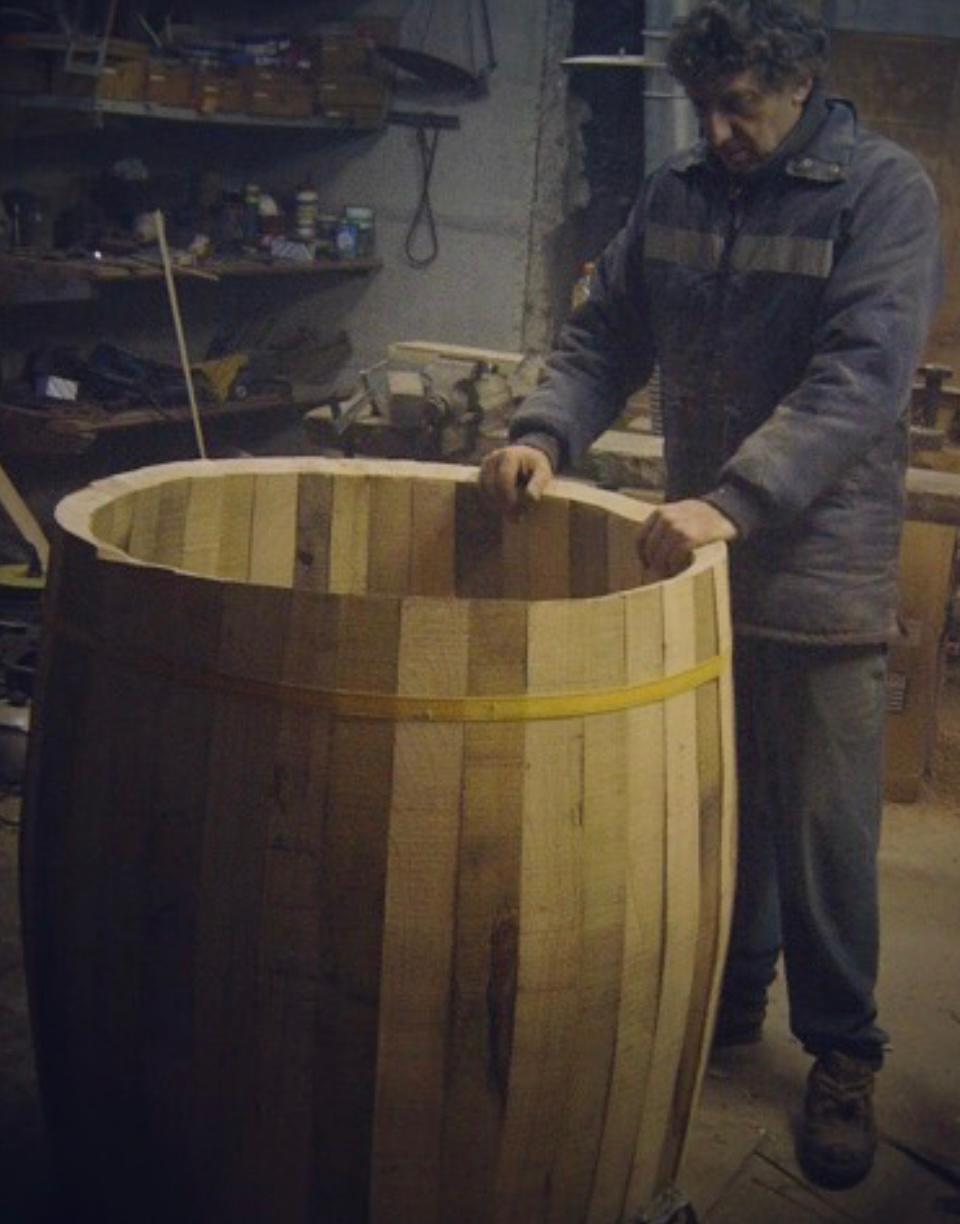THE AREA Winemaking in Donnas has ancient traditions, even though it has always been tough to cultivate the vines against the mountain using stone walls. Their small size and fragmented structure characterize the vineyards. In winter, while the wine matures, the farmers build and repair the traditional pergola trellises. The harvest begins in September with the Pinot Grigio, continues at the beginning of October with the famous Vien de Nus, in the second half of October with Nebbiolo-Picotendro and ends in mid-November with the late harvest of the Nebbiolo used for Vieilles Vignes wines.
THE HISTORY The Selve winery was founded in June 1948 when Maddalena and Rinaldo Nicco bought the winery in Donnas from Selve family. The wine-growing area extended to about 2 hectares, all cultivated with Picotendro, an indigenous clone of Nebbiolo, from Valle d’Aosta. Ever since Rinaldo & Maddalena bought it, they based their philosophy on growing the vines with a biodynamic approach. As a result, they produced about 60 hectoliters of wine without sulphites and additives and divided it into various Crus, sold in bulk until the end of the 70s.
In 1998 the son, Rolando Nicco, took over the vines, renovated the buildings, bought new vineyards, and expanded the estate with several new Cru. But, most importantly, he started bottling with the Selve label. In 2001, the first Selve bottle was released into the market.
THE VINEYARDS Five vineyards on 2 hectares all planted with Picotendro.
Valle d’Aosta is known for its mountains — Mont Blanc, Monte Rosa, among others — and, while they limit the area available for grape growing, they protect the valley from the coldest winds and provide ample sun exposure for the high-flying vineyards. The mountains also offer a rain-shadow effect, thus keeping the deleterious effects of excess moisture away from the vineyards.
All the Cru are located along a rocky coast with south exposure, where dry stone walls outline breathtaking pergolas terraces. The Nicco family makes a meticulous selection of each bunch in the vineyard to have the best grapes from every single Cru. They strictly avoid chemicals and practice green harvest and clusters selection.
THE CELLAR The cellar lies under an erratic boulder, a natural cave underneath the vineyards. There is no electricity of any sort — only candles are used — the floor is made of beaten heart and the temperature is steady from winter to summer.
Destemming and crushing are performed by an ancient machine that acts very delicately on the bunches; it only crushes the grapes and leaves the stalks intact. This leads to a very delicate extraction of tannins from the grapes. All fermentations are spontaneous with wild yeasts in the cellar, and every Cru is vinified separately in stainless steel. Macerations are long, between 30 and 40 days. The refinements take place in chestnut or oak barrels. Selve wines are in a minimal edition destined for the best connoisseurs in the world. Each bottle of Picotendro is a natural wine, conceived as a real creature, almost a work of wine art.


